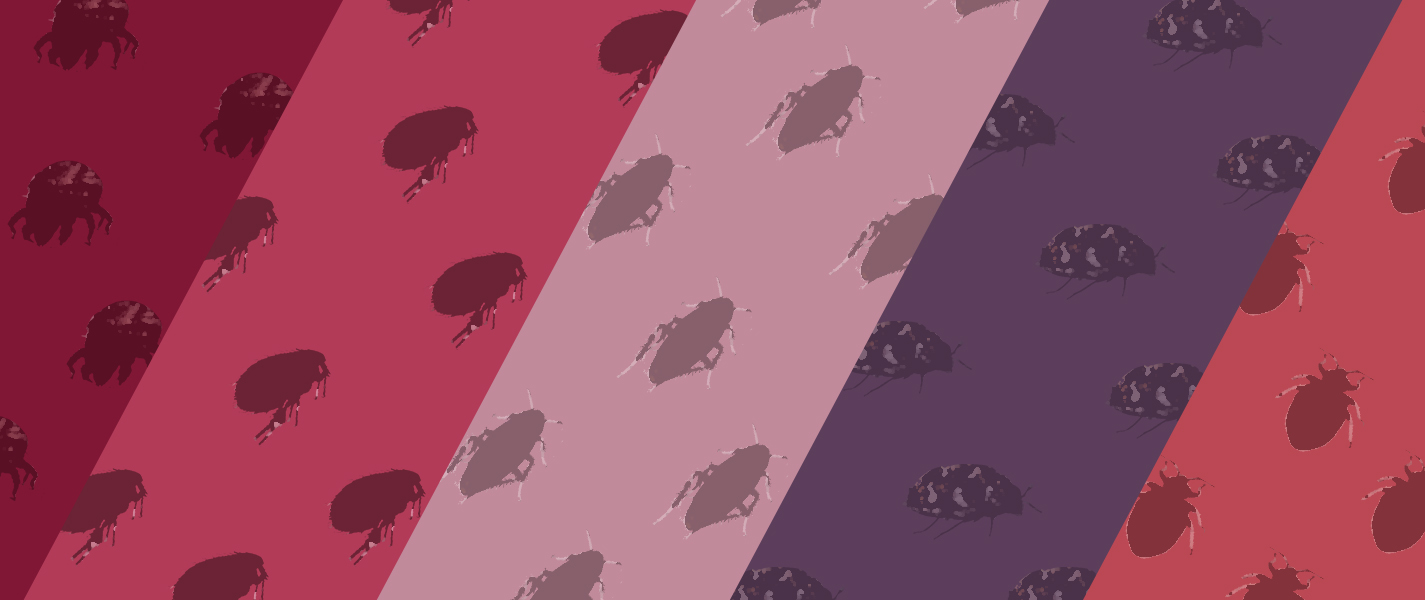It’s easy to assume that bedbugs are responsible for the itchy bite marks you found in your body in the morning. But, before you arrive at any conclusion, you should know that besides bedbugs, your mattress can be a jungle of dust mites and other insects feasting on dead skin and dried remnants of blood, saliva, sweat, and any other bodily fluids you can imagine.
It means that just because you think you have bedbugs, it doesn’t mean that you do—and it’s a great idea to know what sorts of pests are lurking in your mattress that you might be confusing for bedbugs. So, exactly what’s under your sheets and your bedroom, overall? Read further to find out.
Dust Mites
Dust mites are pests that are almost visible to the naked eye. They thrive in warm and humid environments and are usually present in mattresses, upholstered furniture, carpets, and curtains. As scavengers, they don’t directly feed on humans as bedbugs do. Instead, they feed on dead skin, pet dander, pollen, and bacteria.
While most people aren’t affected by their presence, dust mites and their droppings may accumulate enough to trigger allergies and asthma in some.
Fleas
Fleas aren’t usually found infesting mattresses. More often than not, these pests may only find their way there if they’re dislodged from your pet, which you allow to sleep in the same bed as you do.
However, if you neglect to wash and change your bedding for a while, the fleas can take up residence in your bed and feed off you and your pet. From there, they can spread easily all over your home, particularly on your rugs, cushions, and carpets.
German Cockroach Nymphs
German cockroach nymphs are often confused with bedbugs because of the few similarities they share. Besides being elusive, the two species both live in harborages and are most active at night.
Consequently, what separates them apart is that cockroaches don’t feed on humans and are often found near food and water sources. They are also more cylindrical whereas bedbugs are somewhat shorter and oval. It means that finding cylindrical-shaped insects doesn’t necessarily mean it’s bedbugs you’re dealing with.
Carpet Beetles
Other species that may also be found in the mattress are carpet beetles. While they’re also mistaken for bedbugs, they have distinct wings that identify them from the latter. They also don’t feed on human blood and instead, survive by feeding on wool, fur, silk, leather, and any other animal-based fabrics.
What’s more, while carpet beetles can live in and around your bed, they don’t generally prefer living there as bed bugs do.
Bat Bugs
Bat bugs are mostly found in places where bats prefer to roost including the attics or chimneys. However, if their hosts take off for a new home, these parasites will eventually move downstairs and can show up in your mattress.
While their bites can be itchy and unpleasant, bat bugs are presently not known to transmit diseases to humans.
Identifying which pest is infesting your home is essential in devising the most effective treatment to address the infestation. If you are pretty sure that it’s bed bugs lurking in your mattress, you can engage the help of a bed bug control professional in Singapore to conduct an inspection.
Pest Off is a one-stop pest management consultant that offers the highest standards in bed bug treatment. Get in touch with us today for pest-related concerns and issues.








[…] Bed Bugs & 5 Other Pests that Could be in Your Mattress … […]